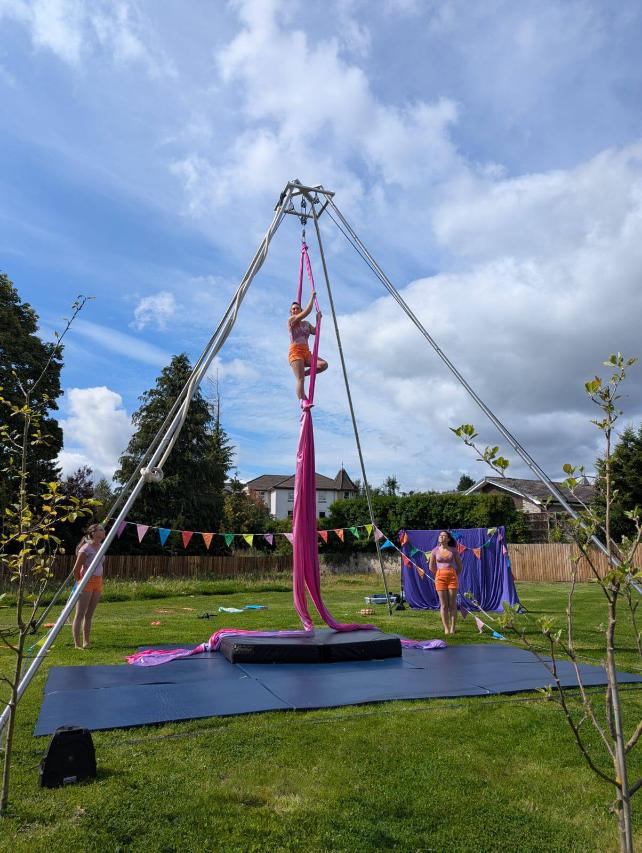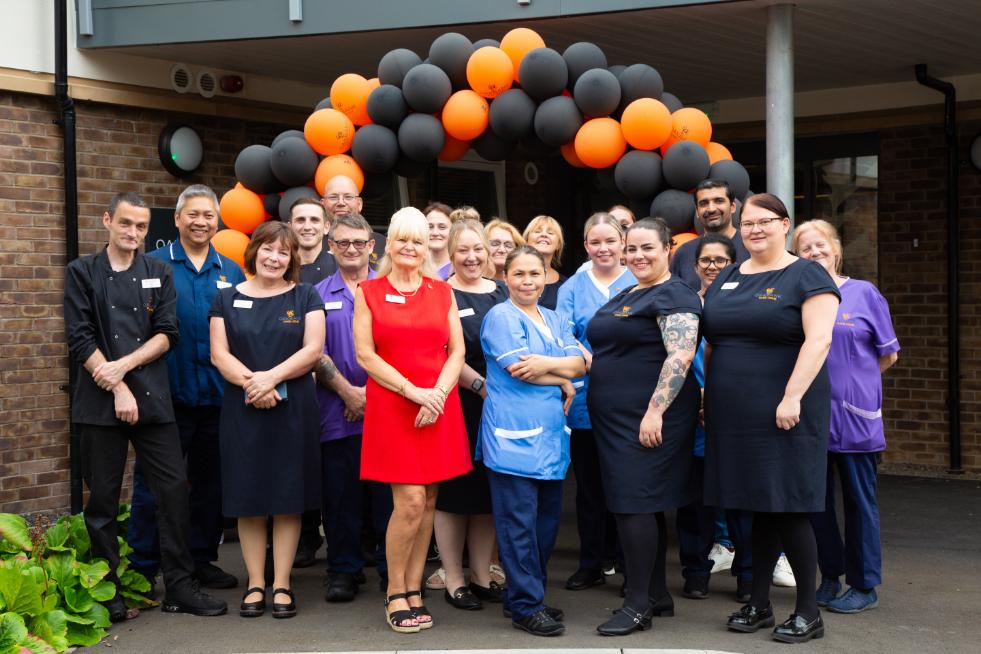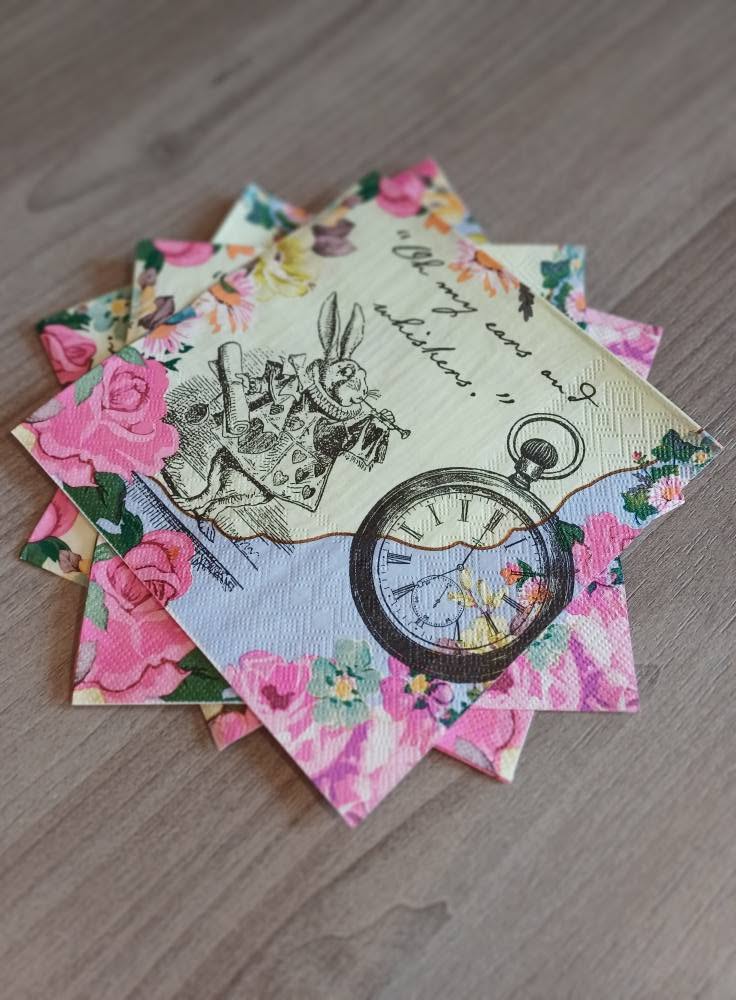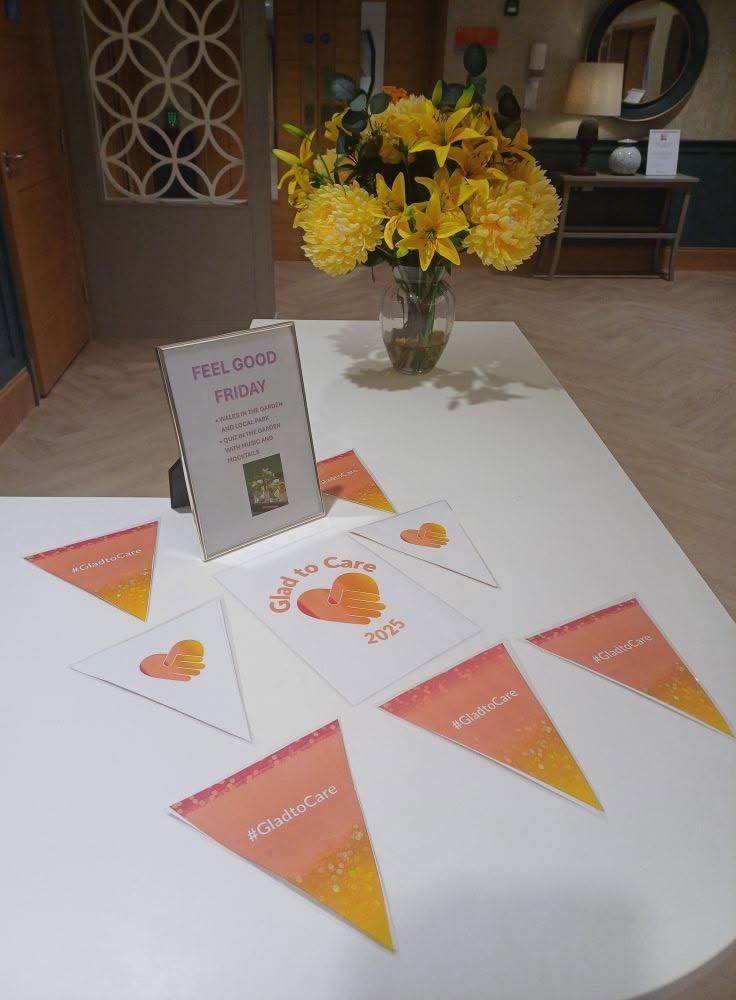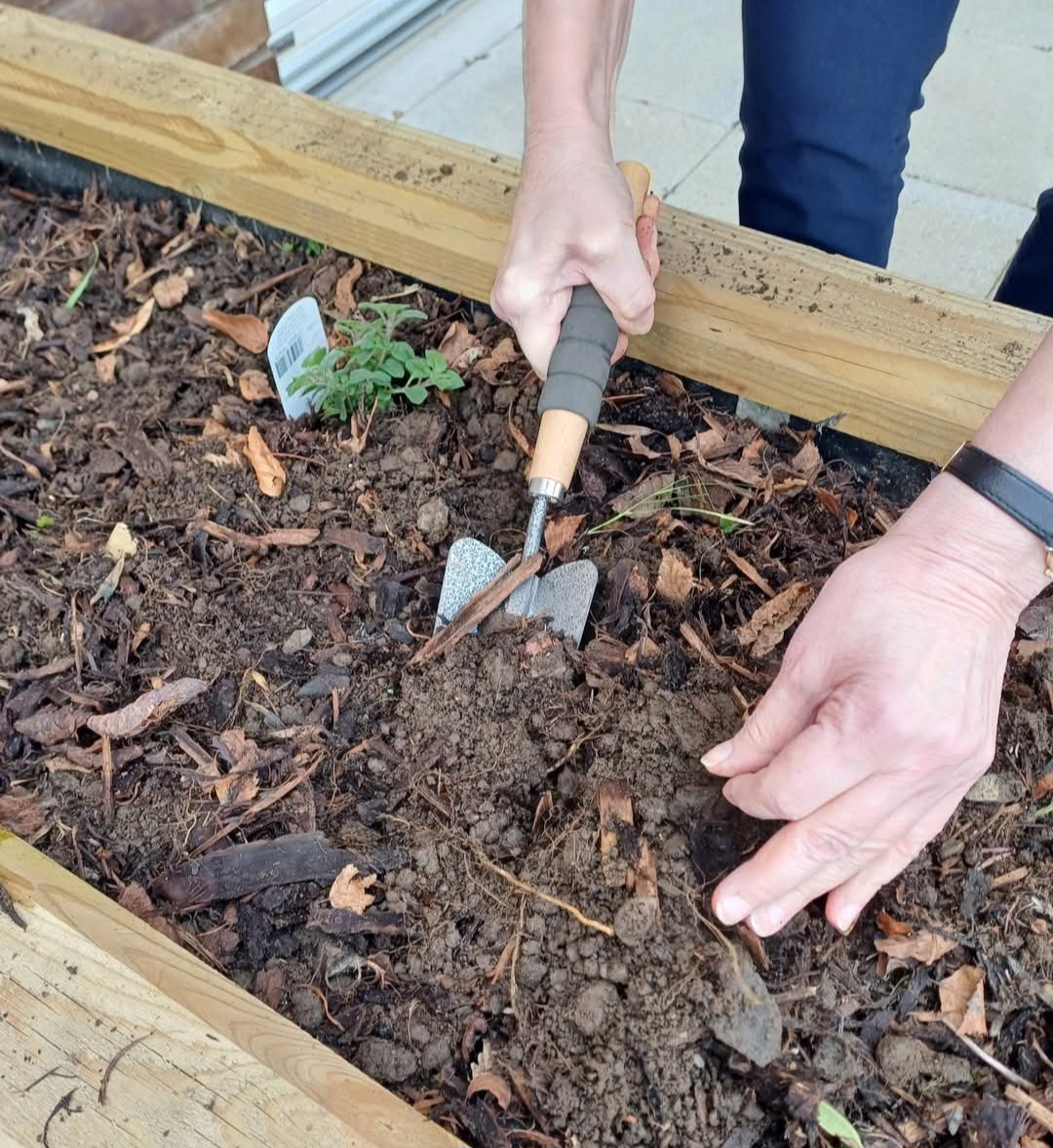Opportunites for Intergenerational Activities
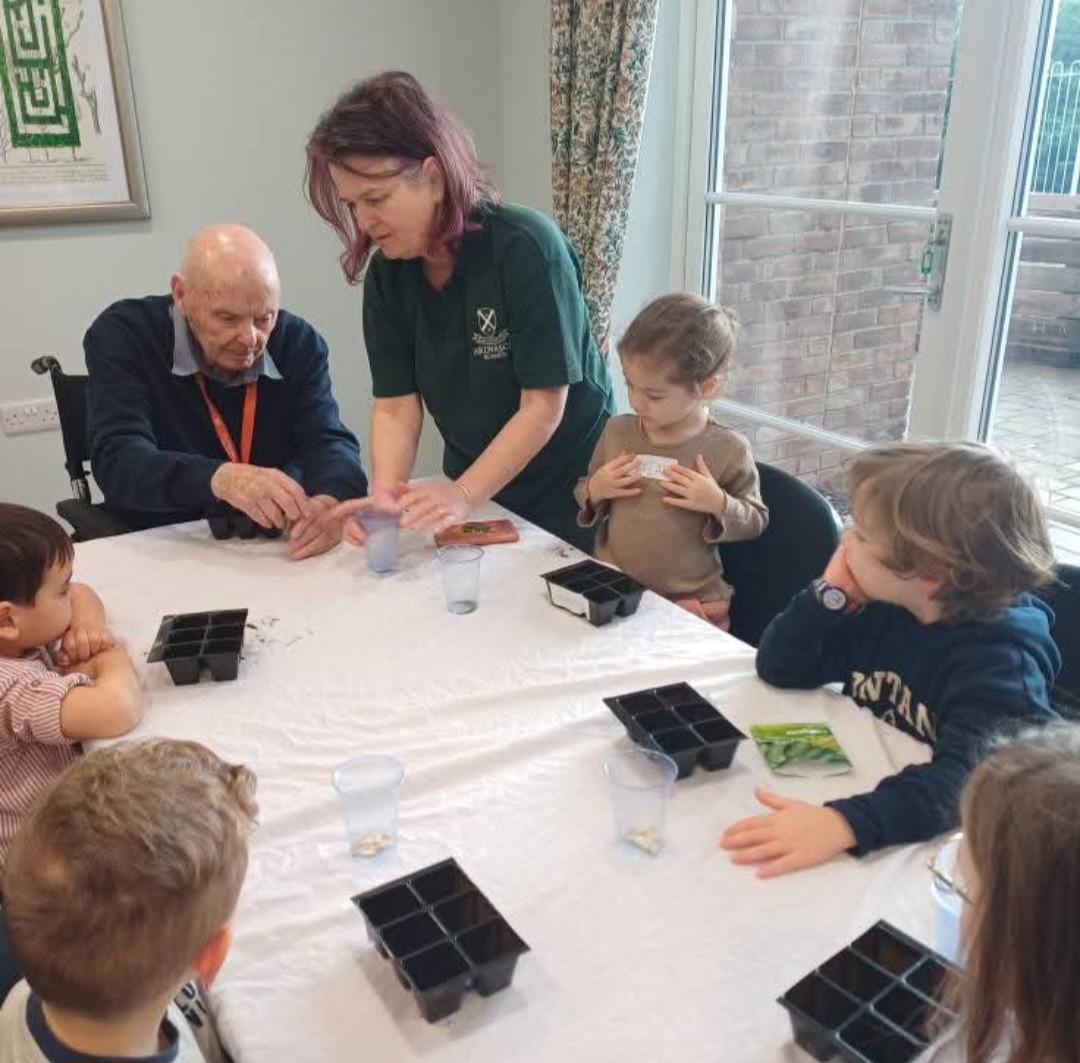
Moving into a care home often brings new opportunities for connection and purpose. One approach that’s making a real difference is intergenerational care, where older adults and children come together to share time and experiences. Intergenerational care means more than just fun activities. Older residents may work with local nursery children on crafts, share stories from years gone by, or help plant a few seeds in the garden. These moments often bring laughter and spark conversations, creating a real sense of belonging among different age groups, as older and younger people interact and learn from each other.
For older people, spending time with children can reduce loneliness and improve mental health. Many residents feel lifted by the energy children bring into their day. At the same time, children benefit too—learning patience, empathy, and the joy of new friendships.
Care homes that encourage these shared experiences often feel more vibrant and welcoming. Residents frequently share that days when children visit are the ones they look forward to most. Intergenerational care offers not only companionship but a renewed sense of purpose that makes every day feel that bit brighter.
Examples of Intergenerational Activities
Intergenerational activities in care homes are thoughtfully chosen to encourage real engagement and create meaningful memories between older adults and children. These activities take place in various community settings, including care homes, schools, and shared facilities. Here are some of the most popular and effective ways generations can connect:
Storytelling and Reminiscing: Children and residents enjoy swapping stories—sometimes kids read from their favorite books, and other times residents share life experiences or tales from their youth. These conversations spark curiosity and often lead to laughter. Storytelling and reminiscing can also help boost memory by stimulating personal recollections and maintaining a sense of identity.
Arts and Crafts: Simple, hands-on projects such as making seasonal decorations, painting flower pots, or creating cards allow everyone to get involved. These sessions offer space to express creativity and often lead to conversations as projects take shape.
Music and Singing: Whether it’s a sing-along of classic tunes, children performing nursery rhymes, or residents sharing favorite songs from their younger days, music sessions are always a favorite. Sometimes, a simple dance or learning new moves together brings extra energy to the group. Group sessions where everyone can sing songs together promote relaxation, nostalgia, and emotional well-being, especially for those with dementia or Alzheimer's.
Gardening: Residents and young visitors can plant flowers, care for garden beds, or paint pots. These slow-paced activities are soothing and encourage sharing green-thumb wisdom while enjoying time outdoors or in a communal garden room.
Games and Puzzles: Classic board games, card games, or collaborative jigsaw puzzles bring out friendly competition and require teamwork. These games keep everyone engaged and talking, all while building a sense of accomplishment. Participating in games and puzzles can also help boost memory and cognitive function for residents.
Celebrating Special Events and Holidays: Decorating a Christmas tree, baking for birthdays, or dressing up for themed days brings fun and a sense of tradition to care homes. Children often bring energy and excitement, while residents share their own traditions or fond memories.
Baking and Cooking Activities: From decorating cupcakes to assembling simple snacks, these sessions combine learning practical skills with plenty of opportunities for chatting and laughter. Residents can share favorite recipes, giving a new generation a taste of the past.
Walks and Outdoor Activities: A gentle stroll around the grounds or the local park gives everyone fresh air and a chance to connect away from the daily routine. In addition to walks, gentle exercise classes are often offered to provide structured and inclusive physical activity suitable for all mobility levels.
Many homes also offer visits from local groups, multi-generational exercise sessions, or even pet therapy with young animal lovers and residents meeting therapy dogs together. By mixing familiar activities with social interaction, care homes help break down age barriers. Care home staff play a crucial role in facilitating these activities, ensuring they are tailored to residents' needs and fostering social interactions that support mental health, reduce loneliness, and promote active aging.
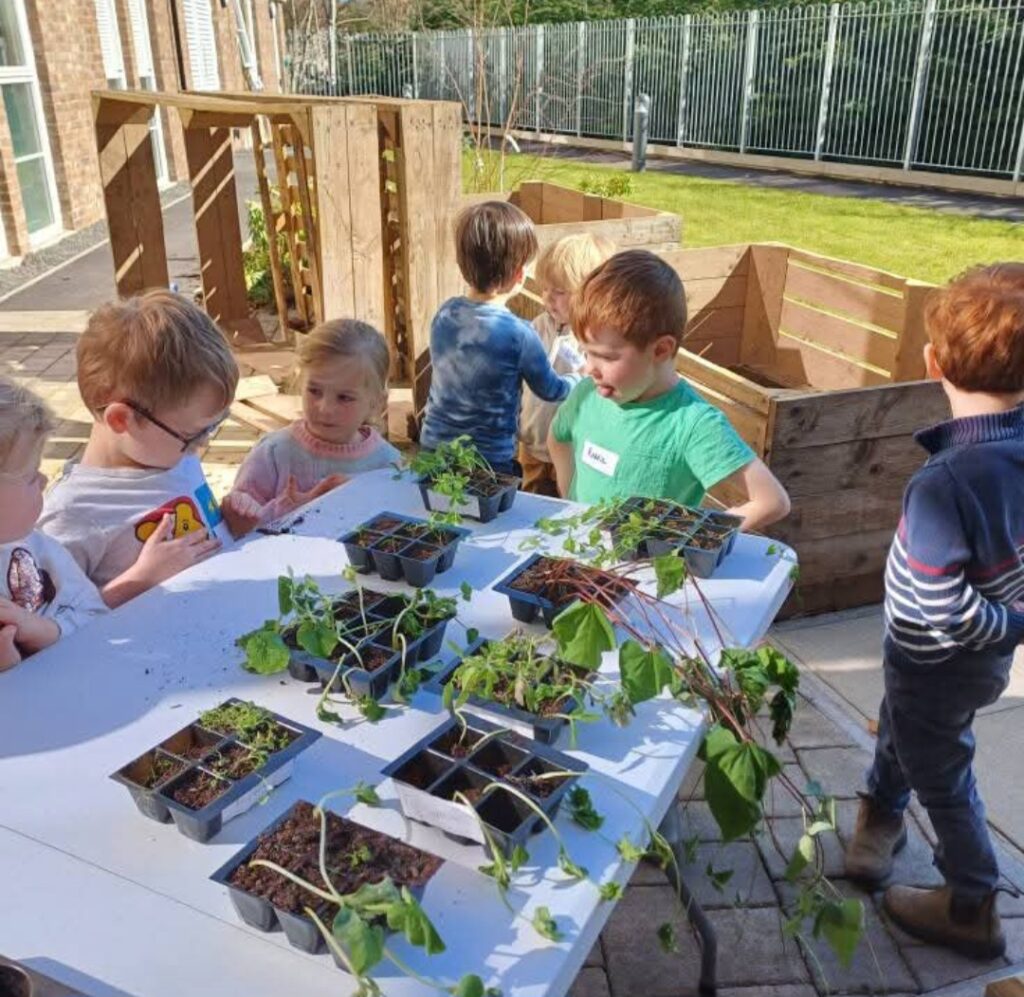
Benefits of Intergenerational Care
Emotional Wellbeing
Intergenerational care has a profound impact on emotional health. It supports mental wellbeing by fostering social connection and providing meaningful engagement, which can help reduce depression and anxiety among residents. Older adults often experience a greater sense of joy and fulfilment when they spend time with children. These visits can ease feelings of loneliness and social isolation, which are common for many living in care homes. Residents find themselves looking forward to these interactions, and many say these moments help create a positive routine and renewed enthusiasm for each day.
Mental and Cognitive Stimulation
The lively energy that children bring naturally encourages older adults to engage more fully with their surroundings. Intergenerational activities involving different age groups can boost memory and support personal growth for both the older generation and younger generations. These programs benefit people of all ages by fostering meaningful connections and learning opportunities across various age groups. Conversations during activities such as storytelling or games help keep the mind active. For those living with memory challenges, like dementia, these shared moments often spark reminiscence and support cognitive function, as people recall stories, facts, and skills from the past.
Sense of Purpose and Belonging
Participating in intergenerational activities helps residents feel needed and valued. Meaningful engagement in these activities can improve life satisfaction and quality of life for residents by enhancing their sense of purpose and overall well-being. Many enjoy sharing their skills, stories, or advice with younger guests, which reinforces a sense of purpose. Having regular opportunities to contribute to the lives of others fosters self-worth and belonging, both crucial for maintaining confidence and independence.
Physical Benefits
Joining in on activities—gardening, walks, or even musical movement sessions—can encourage gentle exercise in a fun, relaxed way. Participating in exercise classes helps older adults stay physically active, which can improve physical health and help manage health problems such as chronic pain and heart disease. This physical activity is often more enjoyable with younger companions involved and can support better mobility and overall health.
Building Community
Perhaps most importantly, these regular interactions build meaningful relationships and a true community atmosphere within the care home. Intergenerational care often takes place in various community settings and is frequently supported by community organisations, which help facilitate and deliver these programs. Residents connect not just with the children, but with staff and other families, supporting social connections that create a supportive, vibrant environment benefiting everyone.
Benefits for Children
Taking part in intergenerational activities with older adults has a significant and lasting positive impact on children’s development. For example, intergenerational programmes that bring together younger people and the older generation foster social connection and mutual learning. When younger generations regularly spend time in a care home environment, they are exposed to unique learning experiences they may not encounter elsewhere.
Children naturally gain better communication and language skills through conversations with residents. Regular interactions during shared activities—like reading, singing, or story time—strengthen vocabulary, listening, and conversational abilities. These real-world situations support children’s confidence as speakers and offer chances to practice patience and turn-taking.
Engaging with older adults also builds empathy and respect. Children learn to appreciate perspectives different from their own and become more aware of the challenges and capabilities of others. These experiences reduce age-based stereotypes and encourage positive attitudes toward older people.
There are also important social and emotional benefits. The calm presence of an older companion can help children feel secure, reducing stress and boosting self-esteem1. Developing these relationships encourages children to be gentle, responsible, and adaptable—skills that carry over into other areas of life, such as interactions with family and peers.
Older adults often share stories and wisdom, helping children understand history and different ways of life. Many children benefit from the mentorship and encouragement residents provide, gaining new skills or learning about topics from gardening to music110. This personal attention often leads to a greater enthusiasm for learning.
Intergenerational care also helps children become more inclusive and understanding of differences. Experiencing the abilities and limitations of older adults firsthand increases their understanding of disability, fosters patience, and grounds their sense of community.
For those children who may not have grandparents or regular contact with older relatives, these connections fill an important gap—offering companionship, new role models, and valuable life lessons. Fun and friendship develop naturally, making care homes vibrant places where all generations can learn from one another.
Enjoying Each Other's Company
Selecting activities that match the interests and abilities of participants makes a significant difference in how much everyone enjoys and benefits from the experience. It’s crucial to adapt activities as necessary, keeping accessibility and individual requirements in mind. Sessions run most smoothly when there is flexibility around timing, with regular visits—such as weekly or fortnightly—working well to build relationships and trust. However, even less frequent events can have a positive impact as long as they are thoughtfully planned to fit into the daily rhythm of both groups.
Safeguarding remains a top priority throughout the process. Gathering appropriate parental permissions, conducting thorough risk assessments, and ensuring staff are always available to provide support are essential steps in creating a safe, welcoming environment. Consistent routines further encourage comfort and engagement, while open channels for feedback help address issues quickly and refine the approach as the project continues.
Finally, effective intergenerational work is an ongoing journey of review and adjustment. Regularly reflecting on what works and where improvements can be made allows care homes to create experiences that bring real joy and connection to all generations.
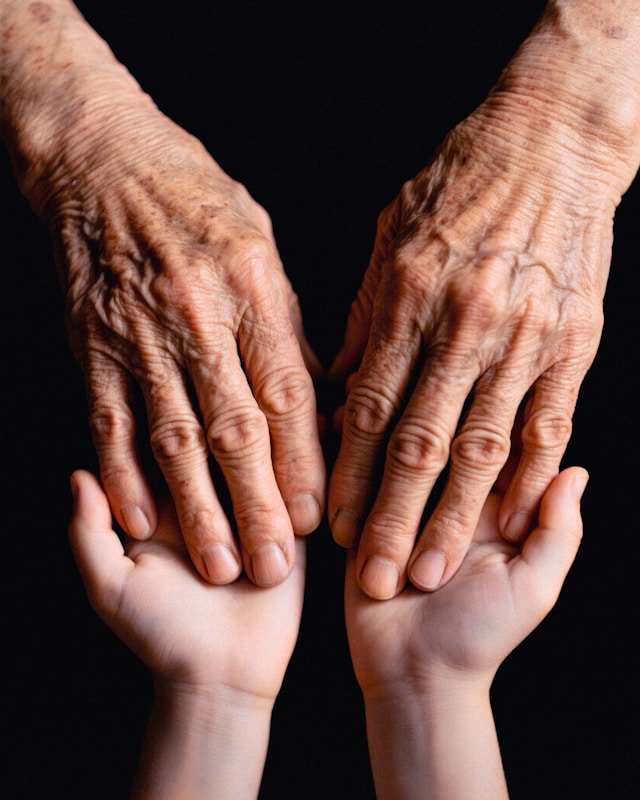
Intergenerational Fun at Oakbank Care Home
Intergenerational care truly has the power to brighten the lives of older adults. At Oakbank Care Home, intergenerational activities are designed to improve wellbeing for our residents. By bringing different generations together, care homes can create warm, welcoming spaces where residents feel connected, valued, and supported. These special moments help ease loneliness, boost emotional wellbeing, and encourage gentle, enjoyable physical activity—all important for healthy ageing.
When children and older adults spend time together, it builds understanding, kindness, and a real sense of belonging. Sharing stories, laughter, and creativity helps everyone feel part of a caring community. It’s a wonderful way to bridge the gap between generations.
Local schools, community groups, and care homes working hand in hand make these moments possible. Intergenerational care isn’t just an activity—it’s a way to bring people closer and improve everyone’s wellbeing. With our changing society and growing older population, it’s a hopeful and inspiring path to reducing isolation and promoting happy, healthy lives.
If you’d like to see how Oakbank Care Home in Crieff brings generations together, get in touch to book a tour today. Come and experience the friendly, lively atmosphere for yourself and discover how each day here is full of connection and joy.


